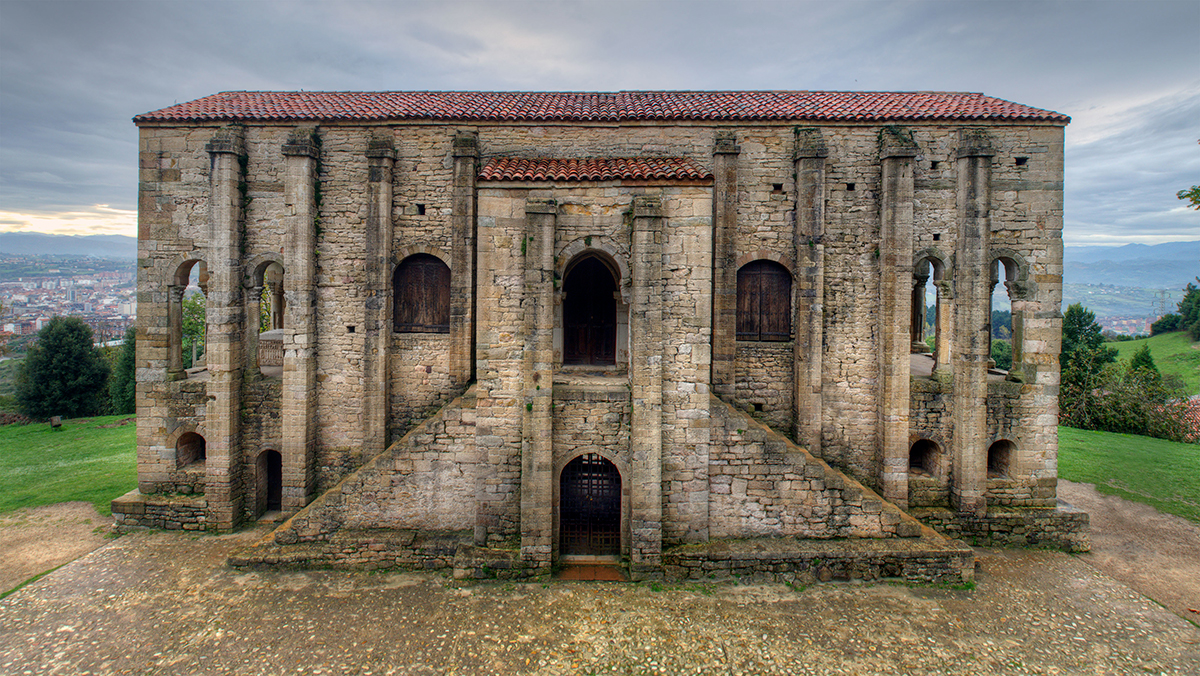At a time when most of Spain was under Muslim rule, Christianity thrived in northern Spain.The Kingdom of Asturias, part of present day northern Spain, was founded in 718 by Visigothic nobleman Pelagius. It was one of the first Christian states established in the Iberian peninsula, at a time when Muslim rulers were conquering much of modern-day Spain and Portugal. During the 9th century, most of the southern Iberian peninsula was under Muslim rule. But Christianity kept thriving in the Kingdom of Asturias, where a brand new architectural style was born.

Read more:
This 9th-century church is one of the most beautiful examples of pre-Romanesque architecture
Known as the pre-Romanesque style, it is considered a blueprint for later expressions of Christian architecture in Europe. The first examples of Asturias pre-Romanesque were crafted during the Kingdom of Ramiro I (790 – 850) and are sometimes referred to as “Ramir style.” Key elements of this style are the use of sandstone and architectural innovations that broke with the previous Visigothic style, such as the use of the vaulted arch.
Here are some of the most notable examples of one of the most ancient styles of Christian architecture in Europe:
Santa María del Naranco
Completed in 842 and consecrated in 848, this church was part of King Ramiro I Royal palace built on Mount Naranco, located just 1.9 miles from the town of Oviedo. Built with local sandstone, it fits right in with its surrounding mountain landscape.
The use of architectural innovations like the vaulted arch impressed many travelers at the time. It was highlighted in the Historia Silense, a document written in the 8th century to register Asturian history, where it is stated that Ramiro I built “a palace without wood, of admirable construction and vaulted below and above.” The church was declared a national monument in 1885 and a UNESCO World Heritage Site in 1985.
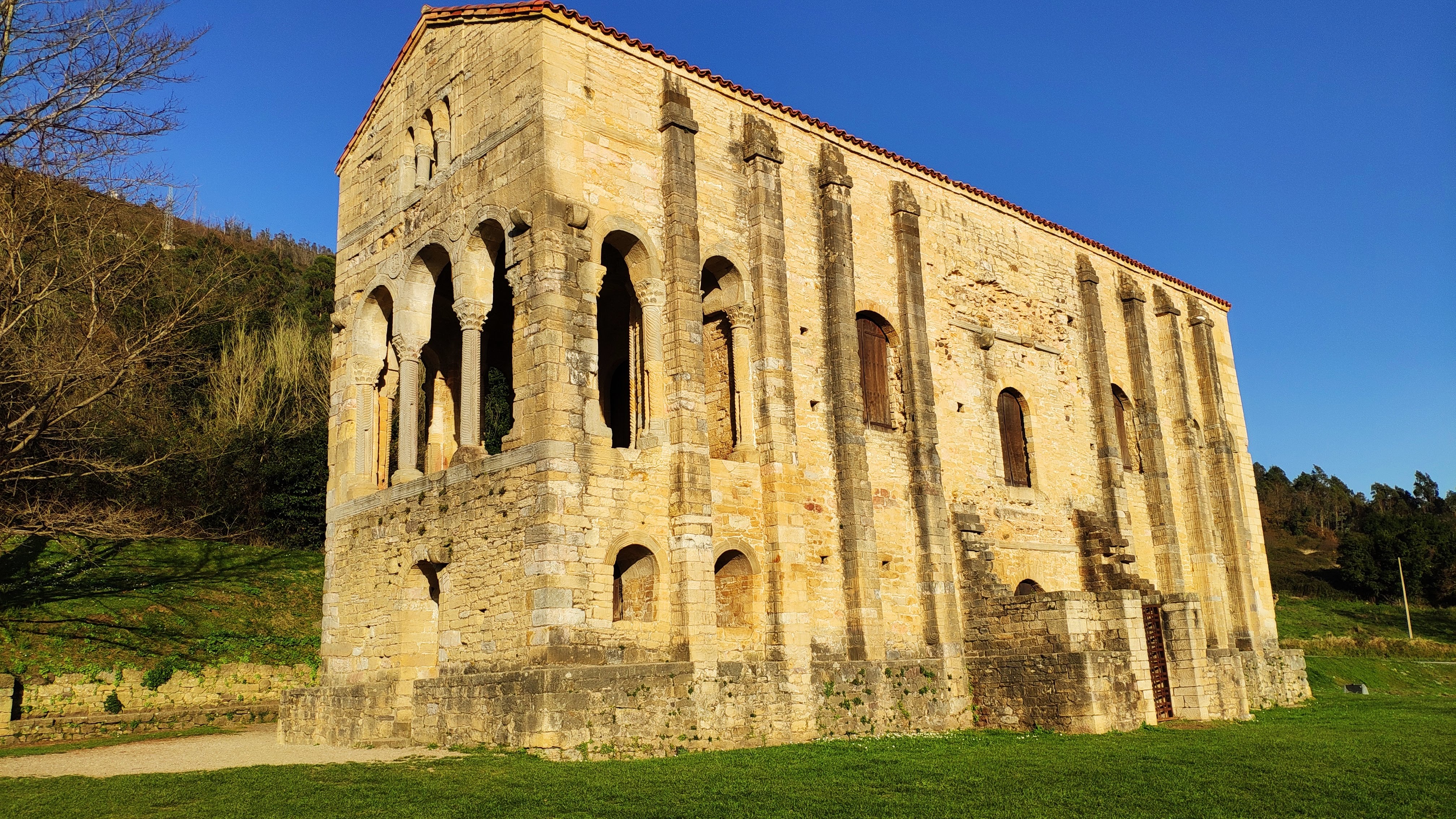
San Miguel de Lillo
Originally built as a basilica, this church suffered structural damage in the 12th century, but some of its most ancient features have survived. Of particular importance are the jambs in the vestibule and the latticework on the window of the southern part of the building, which was sculpted from a single piece of sandstone. This design later became a staple of Romanesque style in parts of Spain.
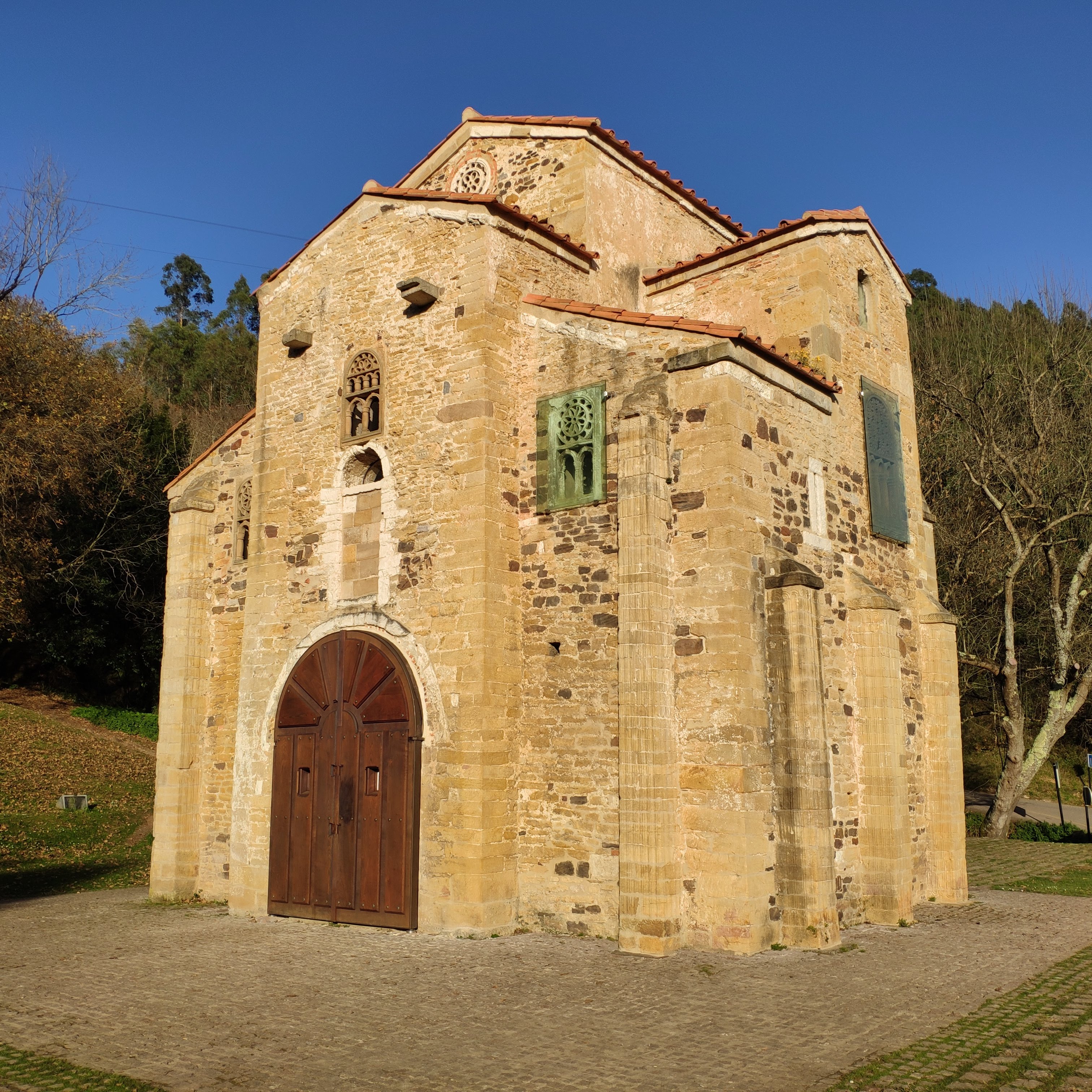
San Julián de los Prados
Built in 830 by order of King Alfonso II of Asturias in honor of the Egyptian Christian martyrs Julian and Basilissa, this church contains some of the most notable examples of pre-Romanesque art. Structured as a basilica, with a nave and two aisles, it features stucco frescoes that have been incredibly well preserved. These paintings bear the ochre-yellow and crimson-red color scheme typical of Roman art, but contain symbols typical of Asturian culture, such as flowers encircled by geometric motifs, making them visual examples of the influence of both cultures in this part of Spain.
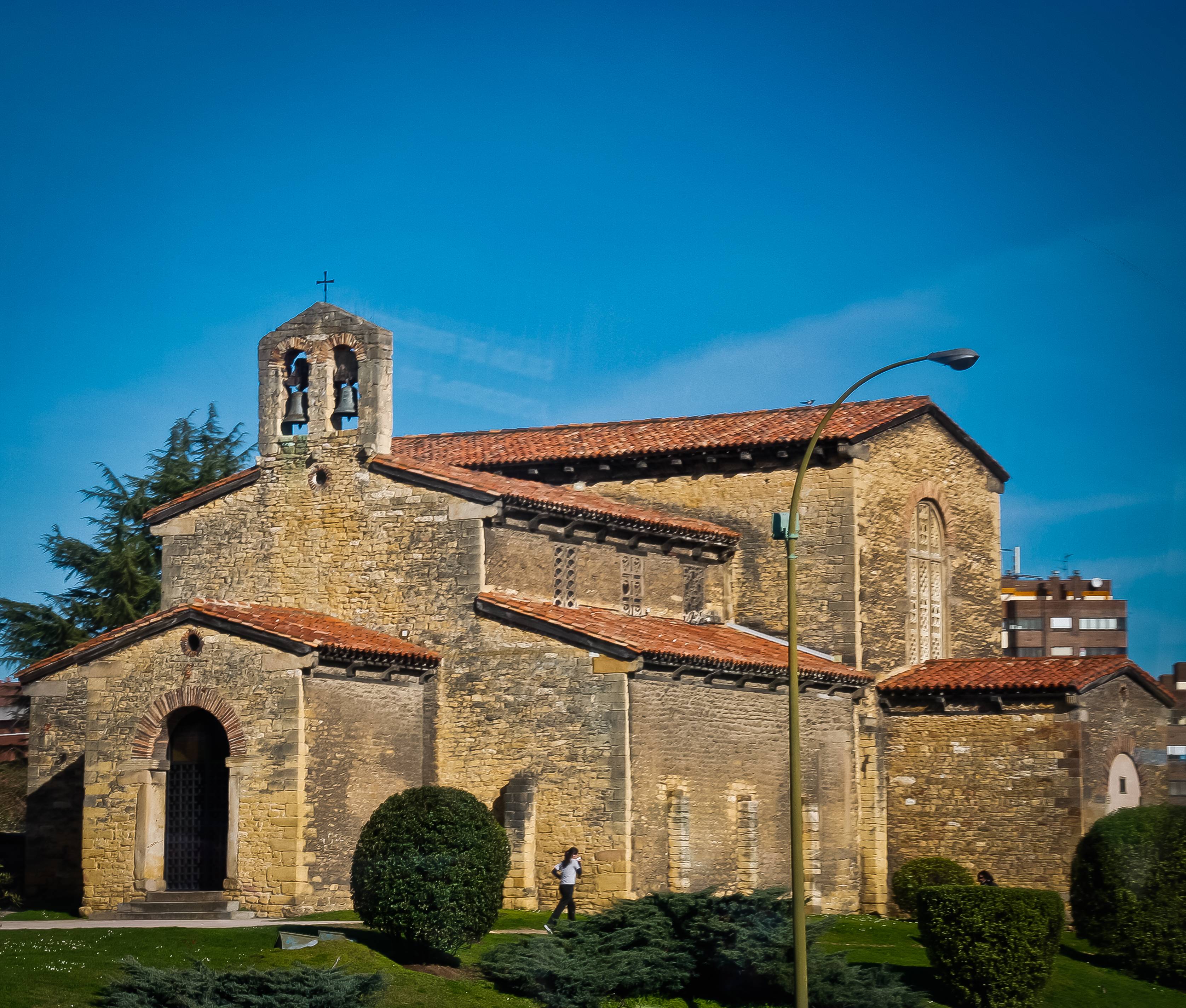
Holy chamber of Oviedo
Part of the Oviedo cathedral, which was founded by King Fruela I of Asturias in 781 and later expanded by his son King Alfonso II, this chapel was created as the personal chapel of King Alfonso II. From the outside it looks simple and austere, sporting the simple, barren stonework typical of pre-Romanesque architecture. But don’t be fooled by this sober exterior. Inside the chapel, composed of two overlapping aisles with a barrel vault, are preserved some of the most impressive golden relics of the Kingdom of Asturia, including the Cross of the Angles, the Victory Cross and the Agate Casket of Oviedo. Because of its relics and its architectural style, the Chapel was declared a UNESCO World Heritage Site in 1998.
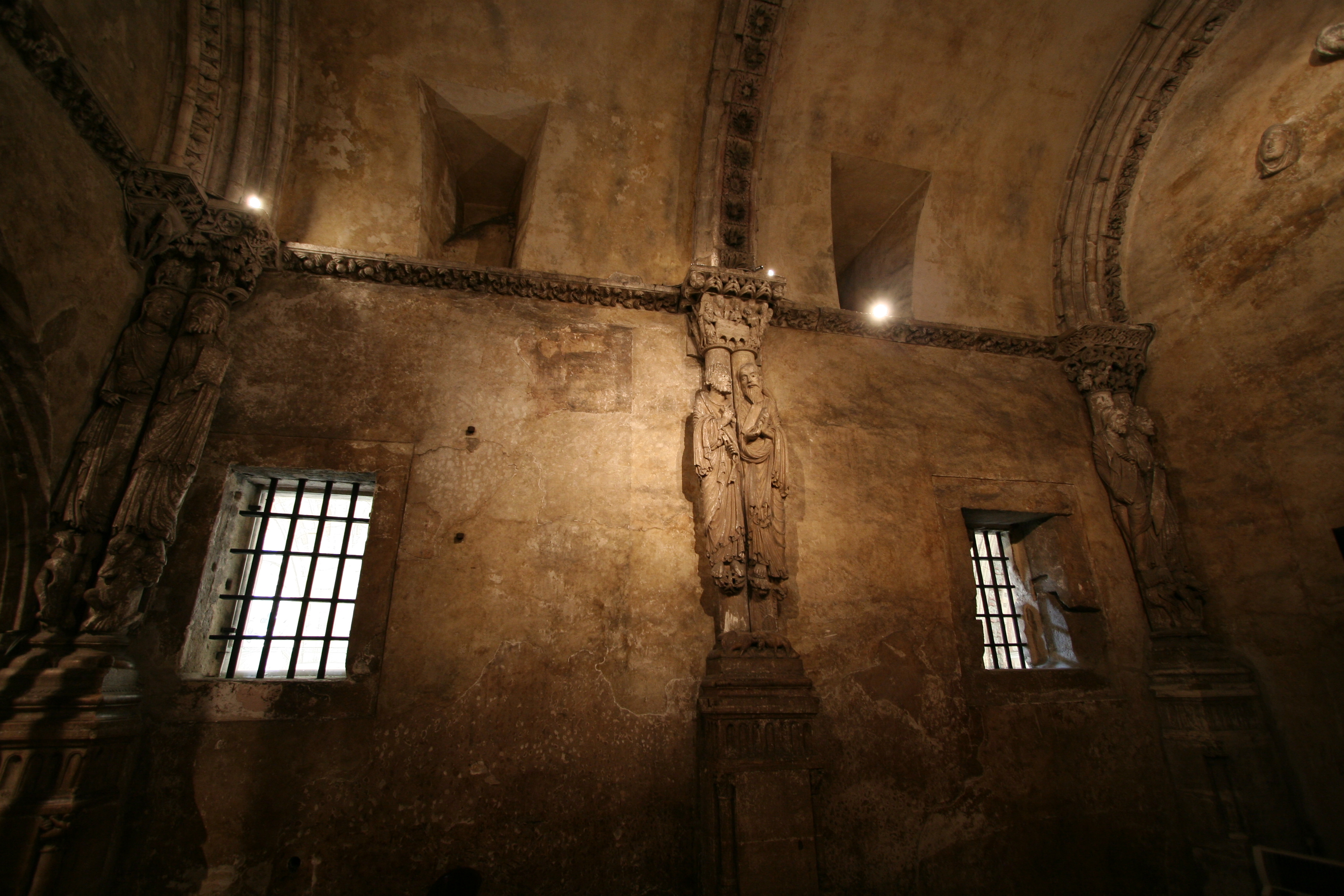
Make sure to visit the slideshow below to appreciate the sober Romanesque beauty of Santa María del Naranco in further detail.

